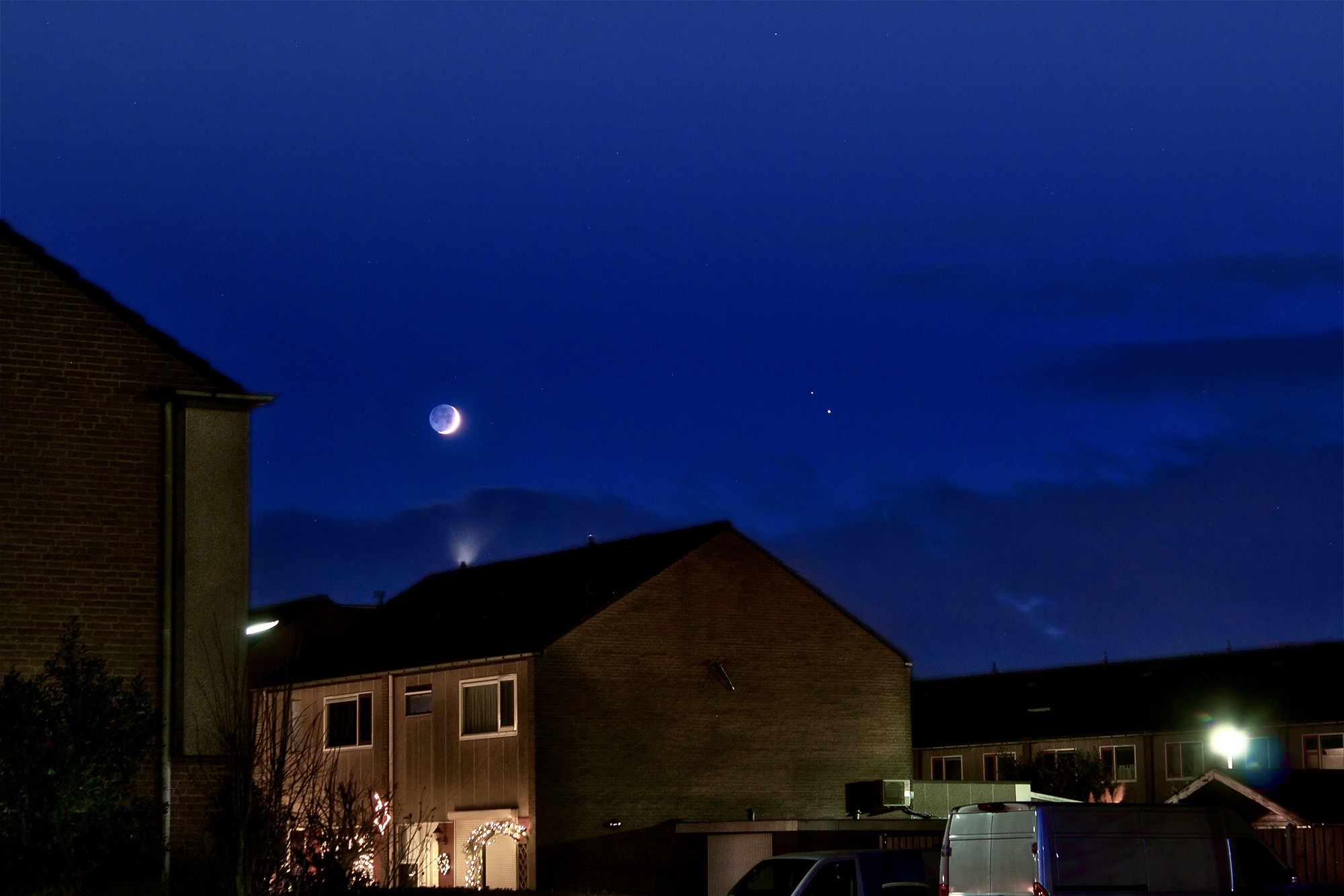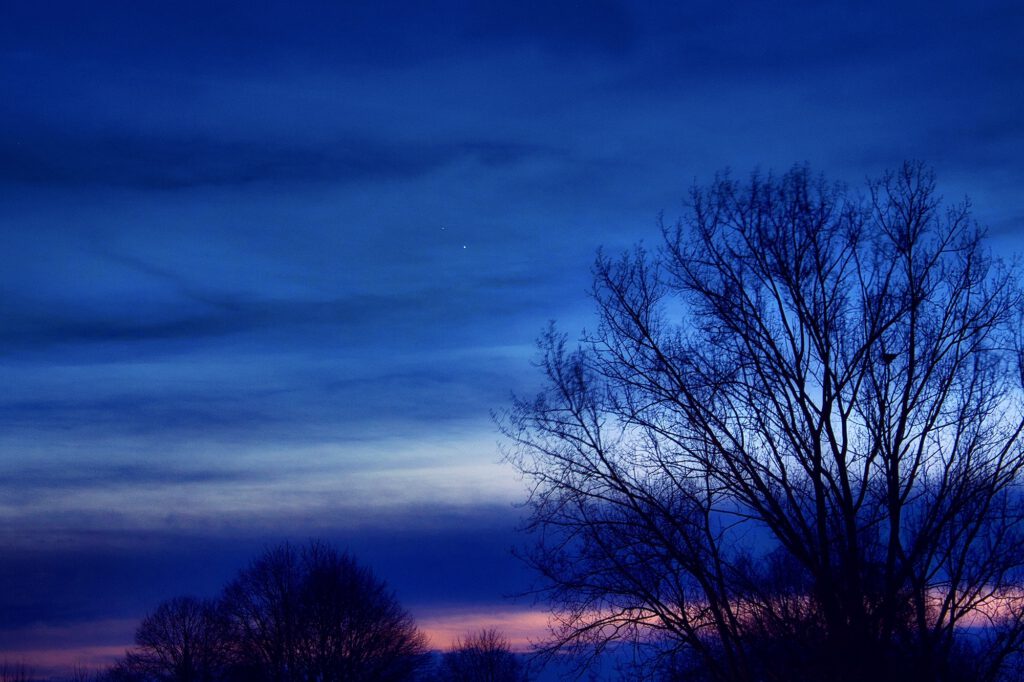Advertised as the Bethlehem star of 2020, this event attracted attention from all over the world. The truth is, conjunctions (when two planets appear more or less in the same direction) occur every single year. It is just this time, it happened to the two largest planets of our Solar System. And that is a rare event because Jupiter and Saturn appear in conjunction only every 20 years. What made this particular event even more unique is that this time they came record close to each other. So close, that they would appear as a single star to the naked eye on 21 December 2020. This has not happened for hundreds of years!
How unusual to have a unique astronomy event happen on a special date. 21 December is the winter solstice when the nights are the longest. And it is just a few days before Christmas! Whether a similar event could have been the phenomenon known as the star of Bethlehem about 2000 years ago, is not clear. We are not sure actually. Therefore we would have liked to have our own personal experience. This kind of mission is however rather challenging in the Dutch astroclimate. The forecast for 21 December was fully cloudy, but a few days before we had partially overcast skies.
Day 1
As the planets were only visible for a short time after sunset, low on the horizon, we were looking for a place where buildings did not block our view. The bridge over the A28 highway where we made a nice star trail photo earlier seemed to be a good choice. As we were driving there on 16 December, we saw a very bright meteor in the West, shining up bright green right in front of us. It was not even dark yet – a good start! This must have been a member of the Geminid meteor shower that peaked a few days earlier. We parked the car, and we were looking for the planets. It took about 15 minutes to spot them in between the clouds (top image). We took a few pictures with various settings and lenses. It did not blow or minds, but it was fun anyway.
Day 2

The following day we did not expect to see anything, the forecast was bad. Bea went to see a friend. As I looked out the window after sunset, I was astonished by the view. The crescent Moon next to Jupiter and Saturn was so beautiful! Our neighborhood is perhaps not the most ideal foreground for astrophotos, but I picked up our gear and run out to make a few shots. The best pic on 17 December is the one above.
This time I used the Omegon star tracker as well, allowing for a few seconds more shots with longer focal lengths. But as the time was short and the North Star (Polaris) was not visible, polar alignment was just a wild guess! It was also windy. Anyway, the photo below shows a close-up on the planets, with three of the four Galilean moons of Jupiter visible as well. Not the best shot ever, but still a good try.

Day 3
Then we had yet another chance on 18 December, when it was clear most of the night, actually! In the early evening it was very windy though, and we were not happy with the images. We also tried to take pics through the eyepiece of the telescope, but the visibility of the planets was awful so low on the horizon. The Moon was quite ok though a bit later. But the true show only came afterward, since we had the first opportunity to shoot the Pleiades and the Rosette Nebula both on the same night!
Technical data
16 December 2020,
Canon EOS 600D, 50mm, f/5.6
tripod
4s, ISO400
17 December 2020,
Canon EOS 600D, 50mm, f/5.6
Omegon Minitrack LX3, tripod
4s, ISO400
17 December 2020,
Canon EOS 600D, 70-300mm@300mm, f/5.6
Omegon Minitrack LX3, tripod
4s, ISO400
